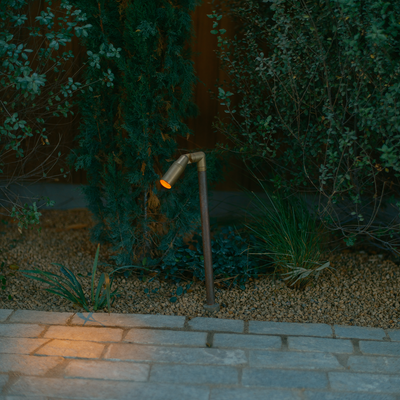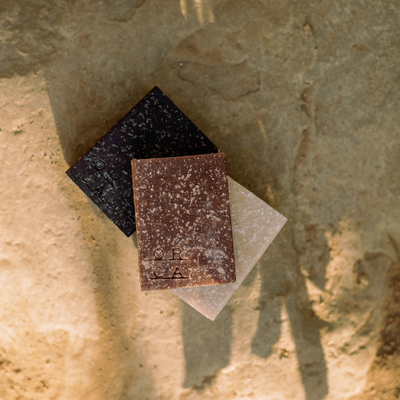What first drew you to working with nature as a medium? Was there a specific moment when you realized its potential?
I first began working with gall ink, a natural ink historically made from oak galls, growths formed on oak trees by wasp larvae. The ink has a deep, complex tone that changes subtly over time, and I was drawn to that sense of living materiality, that what I was painting with was itself a product of nature.
From there, I became interested in Sumi ink, a traditional Japanese ink made by grinding soot (often from pine or oil) with animal glue and water. It has an incredible richness and depth, and a meditative quality in the way it’s prepared and used.
Painting from nature is essential to me, I need to be physically present in the landscape to understand scale and proportion. I like creating work that feels close in scale to the real thing.
Your work is deeply rooted in observing seasonal change. How do you begin your day or week in the studio — is there a ritual or rhythm that guides your process?
The rhythm of my work shifts naturally with the seasons — earlier mornings in winter to make the most of the light, longer days in summer when there’s more time and energy to create. My mornings often begin with responding to emails and messages from collectors, future collectors, and followers of my work. I enjoy this part of the day; it feels like an ongoing conversation and a way of bringing people along on the journey.
Afterward, I move into the studio. I usually focus on one main piece each week, inspired by the Japanese 72 micro-seasons but grounded in what I observe here in Somerset. Alongside that, I spend time experimenting with new materials and forms. This rhythm of making and exploring feels essential, ensuring each piece receives the care and attention needed to become an heirloom for a future collector.


















